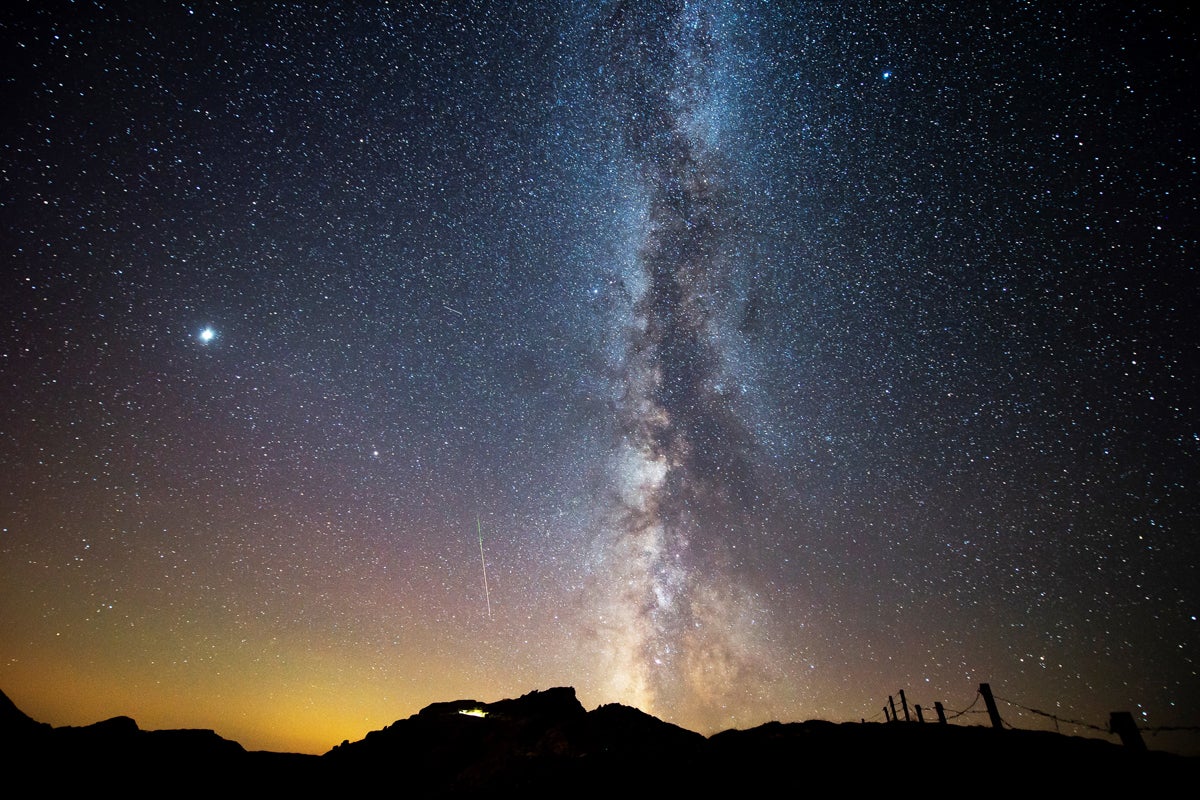Taurid: Long meteor shower to be visible through the month as it reaches its peak

Your support helps us to tell the story
From reproductive rights to climate change to Big Tech, The Independent is on the ground when the story is developing. Whether it's investigating the financials of Elon Musk's pro-Trump PAC or producing our latest documentary, 'The A Word', which shines a light on the American women fighting for reproductive rights, we know how important it is to parse out the facts from the messaging.
At such a critical moment in US history, we need reporters on the ground. Your donation allows us to keep sending journalists to speak to both sides of the story.
The Independent is trusted by Americans across the entire political spectrum. And unlike many other quality news outlets, we choose not to lock Americans out of our reporting and analysis with paywalls. We believe quality journalism should be available to everyone, paid for by those who can afford it.
Your support makes all the difference.The long Taurid meteor shower is gracing the skies, with the show lasting through the month.
The shower will reach its peak on the night of 12-13 November in the Northern Hemisphere. But it is notable in large part because of how long it is visible either side of that peak: the Taurids start in late October and carry on through November.
They are actually made up of two parts of the same debris cloud. The South Taurids arrive and peak earlier than the Northern Taurids, but both are active through November.
What they have in staying power, however, they do lack in frequency. They are slow and long-lasting but do not occur especially frequently.
That means that they can be more difficult and less rewarding to watch, and perhaps accounts for why they are not as well known as some of the other meteor showers.
Still, the advice for increasing the chances of seeing the shower are the same. It is best to find somewhere dark and clear, let your eyes adjust to the darkness and then just spend time looking up.
The Taurids are sufficiently unreliable that there is no guarantee that you will actually see anything. But it can be a good time to try and spot other notable parts of the night sky – shooting stars, satellites, and constellations.
The meteor shower gets its name because they seem to come out of the constellation of Taurus, or the bull.
But they are actually formed as the Earth moves through the debris that was left behind by a comet known as Encke. That is thought to have come from a much larger comet that disintegrated over the past 20,000 or 30,000 years.
This article was originally published in 2021.
Join our commenting forum
Join thought-provoking conversations, follow other Independent readers and see their replies
Comments